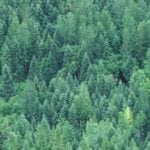The Trump administration’s freeze on US foreign aid has stopped crucial rainforest protection work, putting both forests and communities at risk. A federal court recently ordered a temporary lift of this freeze, but the impact continues to unfold in regions like the Amazon rainforest.
In Peru’s Amazon region, the funding cut has immediate effects. Protection programs for indigenous leaders can’t operate. Alternative development programs to coca crops have stopped. When these programs pause, illegal activities often increase. Drug trafficking and associated illegal activities can expand in these areas, contributing to deforestation.
“When the largest global donor cuts its funds overnight, it has broad, dangerous and complex consequences,” says Lala-Pritchard, pointing to the freeze’s far-reaching effects. Without funding, the instruments and safeguards that prevent corruption and protect forest communities have stopped working. This creates opportunities for increased illegal activities in previously protected areas.
The freeze hits harder in Brazil’s Amazon region. Here, conservation groups stay quiet about their struggles, fearing they might face targeting if they speak up. Each day without funding means less protection for the forest. When protection programs stop, vulnerable rainforest populations face increased risks from illegal activities.
The court’s order to temporarily lift the freeze recognizes a basic truth – when conservation programs suddenly stop, both nature and people suffer. Indigenous communities lose their protection. Support for alternative development decreases. These gaps create conditions where illegal activities can expand.
Think of it like a chain reaction. When alternative development programs lose funding, there’s less support for legal alternatives to coca crops. This can lead to more deforestation. With reduced protection, illegal activities increase. As forest areas face more pressure, indigenous peoples and forests become more vulnerable. Each lost program creates new challenges.
Similar Posts
While some groups like Rainforest Foundation Norway continue their work unchanged, they can’t fill all the gaps USAID’s freeze created. It’s like trying to maintain comprehensive protection with significantly reduced resources – some areas inevitably receive less support.
The freeze’s impact is significant. The Amazon faces increasing pressure from illegal activities. Without protection programs, these activities can expand more easily. Protected areas may face increased threats without proper funding.

Forest protection isn’t just about saving trees. These programs help protect indigenous peoples’ rights and support alternative development. They maintain crucial safeguards against illegal activities. When funding stops, all these benefits are at risk.
The story of USAID’s freeze shows how conservation work depends on reliable support. When that support disappears, even temporarily, it affects multiple layers of protection. As courts examine the freeze, forest communities and conservationists watch closely, knowing their future hangs in the balance.
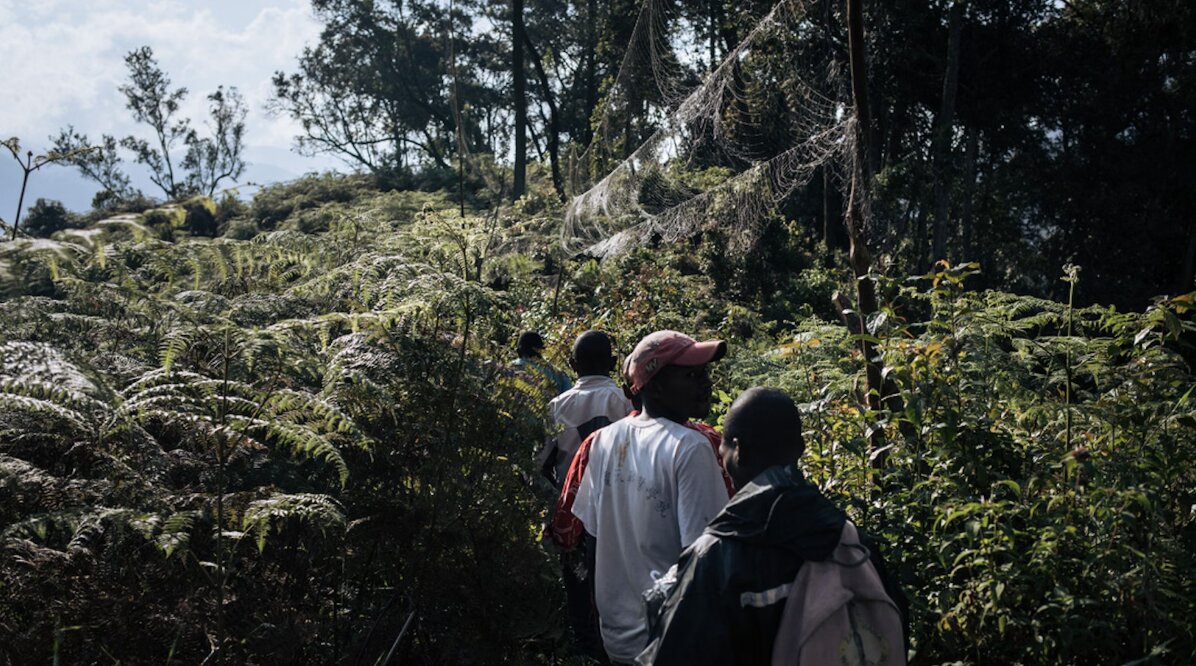
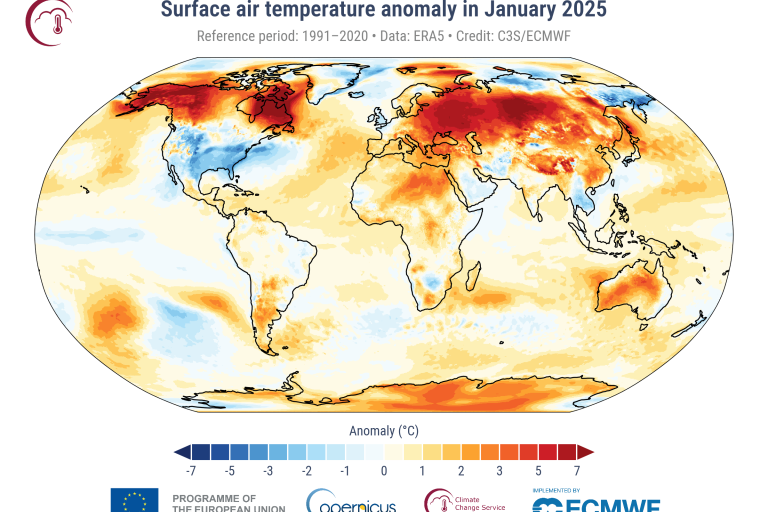

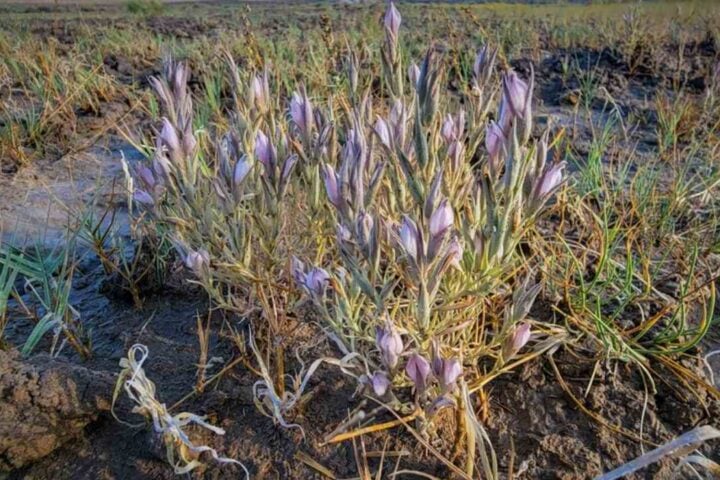
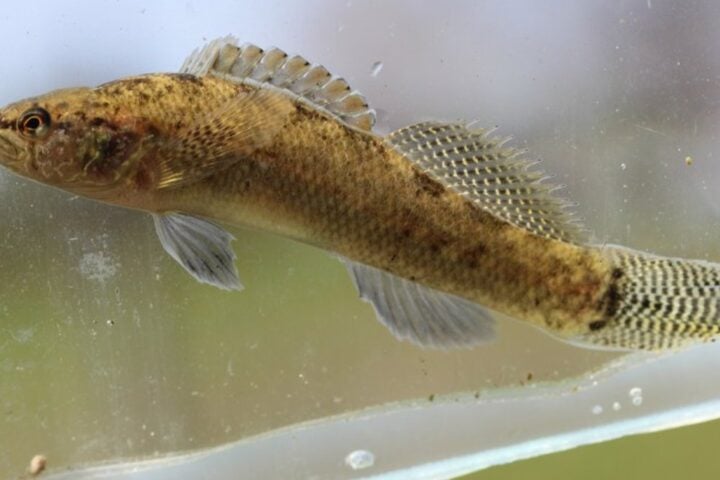
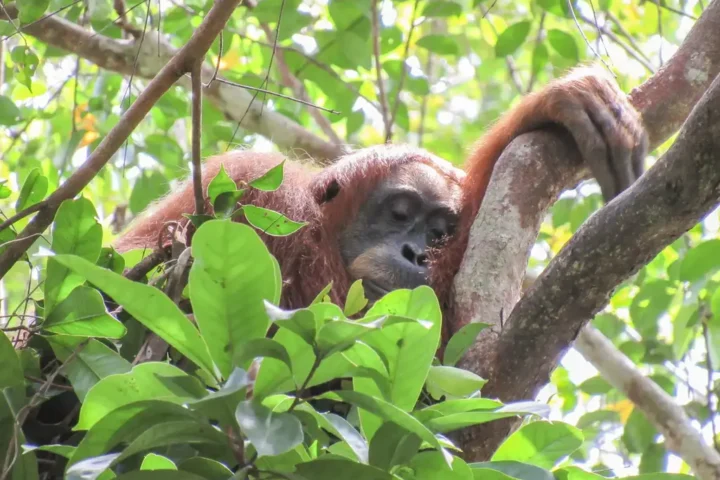

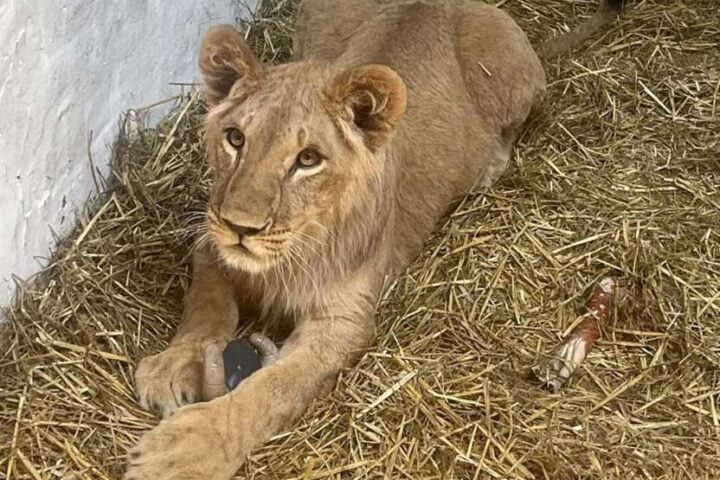
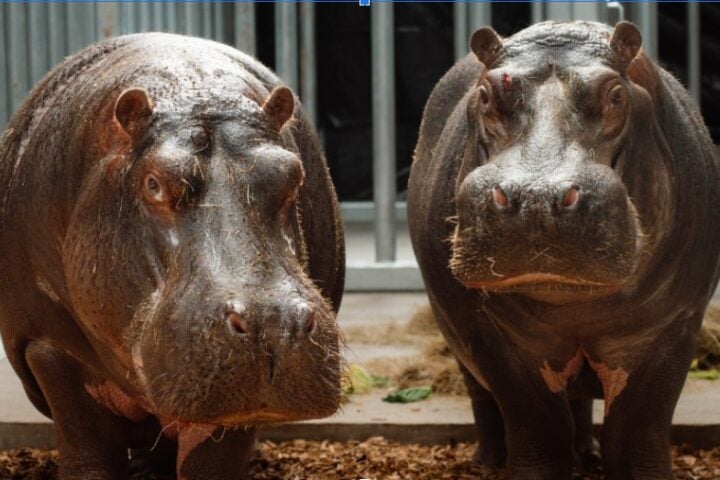
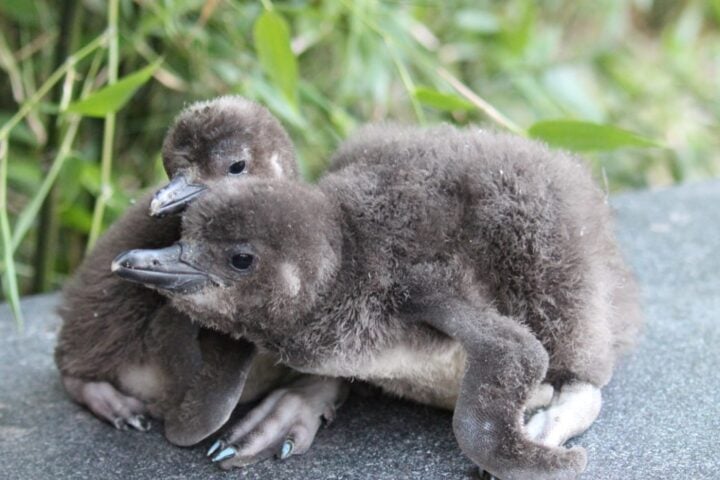
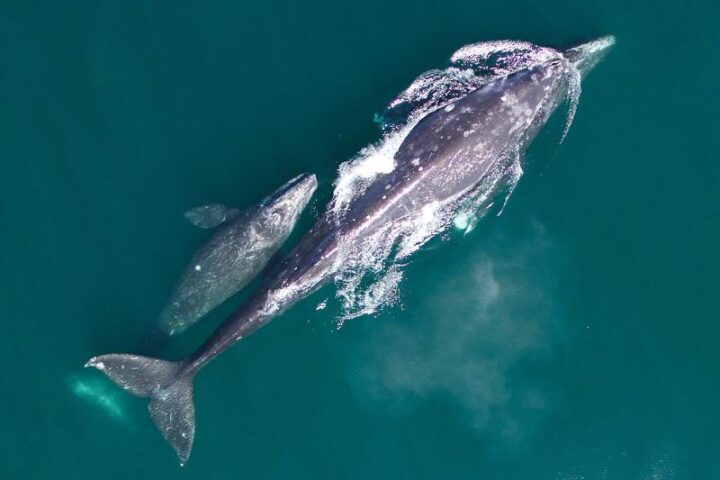
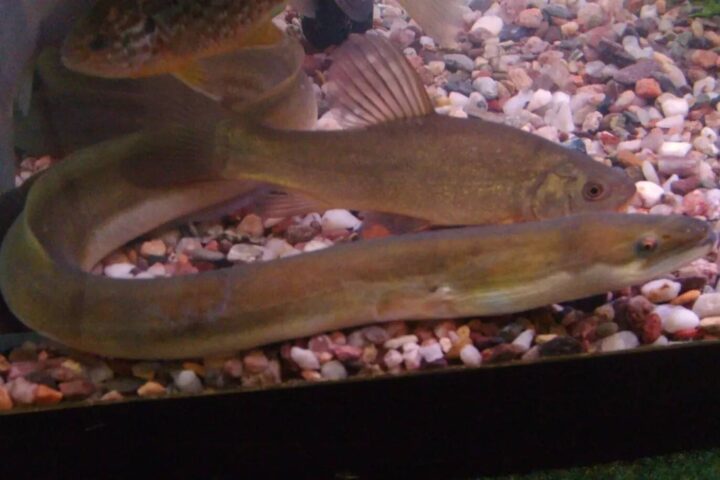
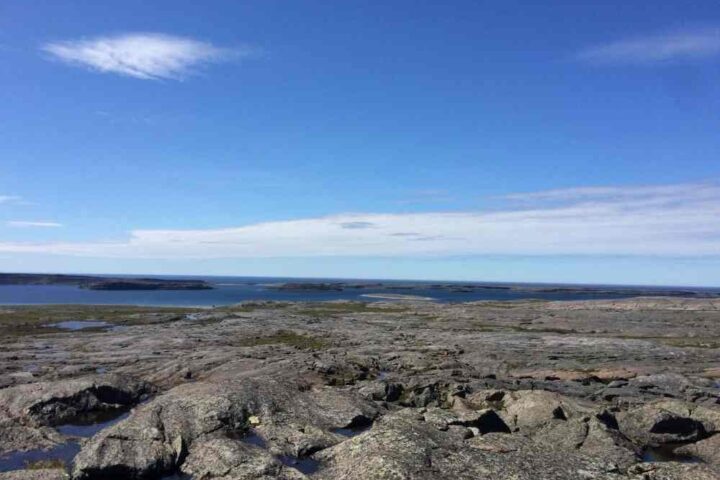
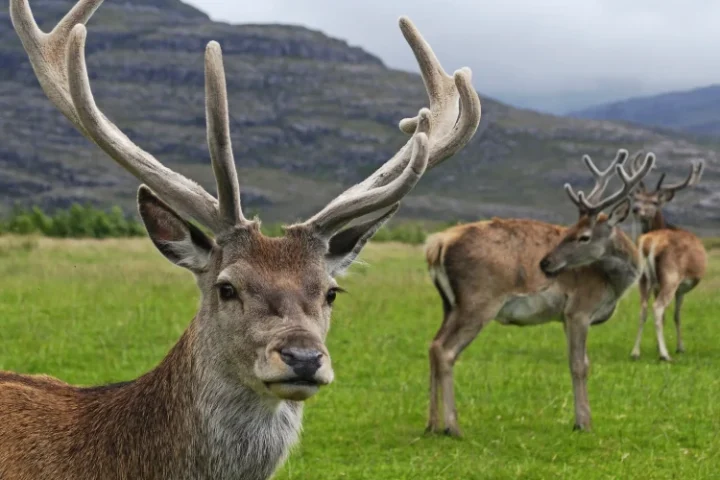
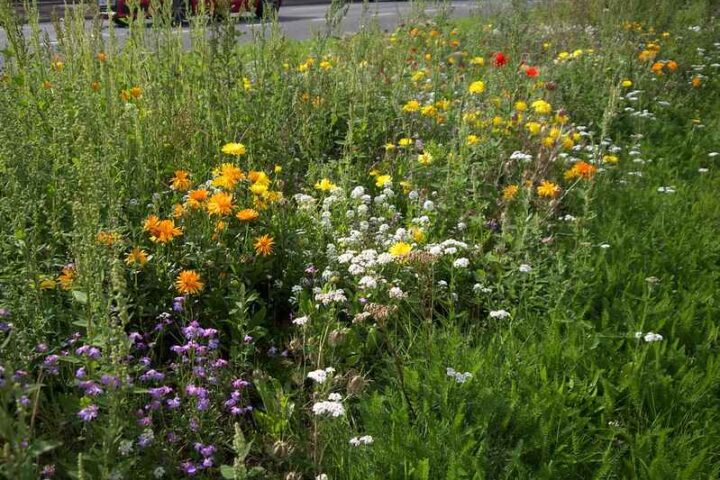
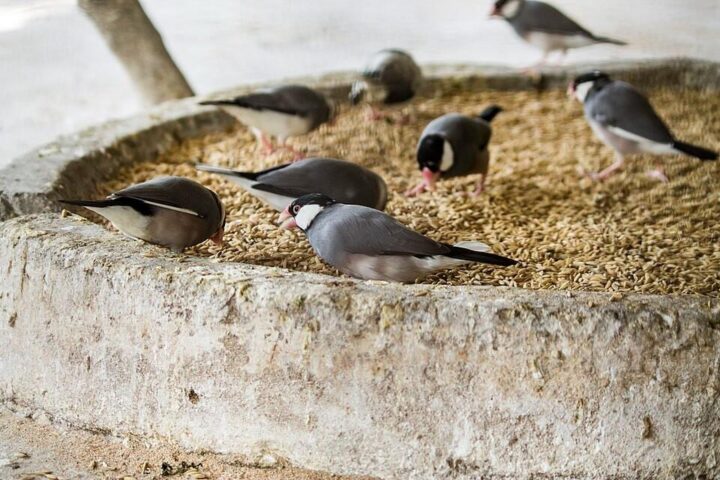
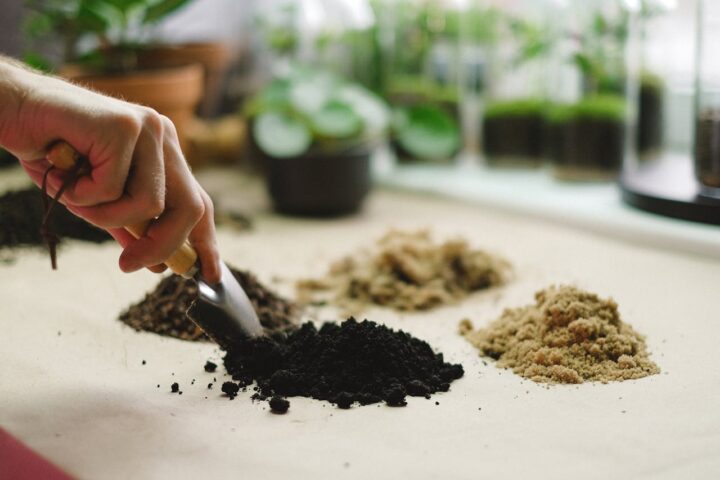
![A male [[Great white shark]] off [[Isla Guadalupe]], [[Mexico]]. Along with many [[Mackerel scad|Mackarel scads]] seen in the background. Photo Source- Terry Goss (CC BY-SA 3.0)](https://www.karmactive.com/wp-content/uploads/2025/06/White_shark-720x480.jpg)
